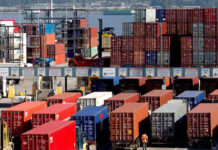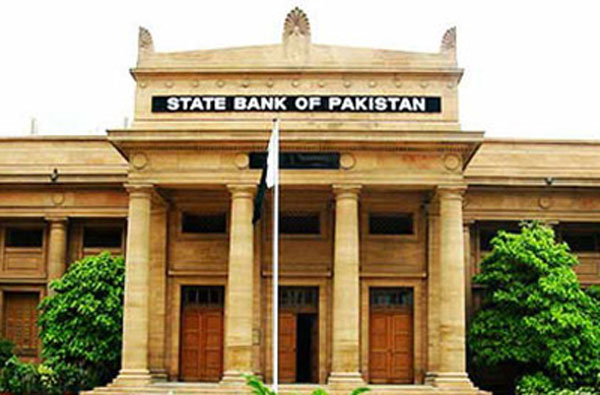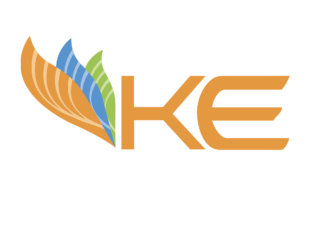Karachi: The State Bank of Pakistan (SBP) kept the policy rate unchanged at 5.75 per cent following a considerable strong growth momentum for the last few months, contained inflation and the challenges on the external front, said SBP policy statement here on Saturday.
The statement said that at the start of 2017-18, three features of Pakistan’s economy stand out. First, average headline inflation though higher than 2016-17 is expected to be lower than earlier outlook and will stay below the target of 6.0 percent, mainly on the back of favorable supply conditions.
Second, domestic demand is set to gain further traction as evidenced in the current growth in the real sector, credit to private sector and imports. Third, on the external front, the under-performance of both exports and workers’ remittances greatly impinged upon the current account deficit which reached $12.1 billion in 2016-17.
For the time being, the overall balance of payments is expected to stay at a manageable level in 2017-18 an assessment relying on steady anticipated financial account inflows and improvement in world growth. The first two features show that the economy is on an expansionary phase, while the third feature highlights near-terms balance of payments challenges.
Reflecting further on CPI tendencies, the headline inflation (in YoY terms) has softened at 3.9 percent in June 2017, while core inflation has stayed at 5.5 percent since April 2017. The latter does indicate rising demand. However, marginally lower six-months ahead inflation expectations- captured by IBA- SBP’s Consumer Confidence Survey of July-2017, show that these remain reasonably anchored.
Accordingly, SBP is projecting average CPI inflation in the range of 4.5 – 5.5 percent for 2017-18. This projection is explained by lower than anticipated increase in international oil prices, recent behavior of CPI inflation in June 2017, stable administered prices and lower inflationary expectations.
Turning to the real sector, cumulative LSM (YoY) growth statistics till May 2017 depict a strong positive momentum with food (especially sugar), steel, cement, automobiles, electronics and pharmaceuticals in the lead. Indeed, July-May LSM growth is 5.7 percent against 3.4 percent recorded during the same period last year. Furthermore, the outcome of agriculture sector is far superior to 2015-16 reaching its target of 3.5 percent in 2016-17. This performance is explained by better supplies of factors of production- positively affecting yields of all major crops, and an increase in area under cultivation of sugarcane. The services sector posted 6.0 percent increase in 2016-17 compared to 5.5 percent increase in 2015-16. Going forward, these developments will further entrench in 2017-18.
As far as the money markets are concerned, market liquidity was able to accommodate strong credit demand from the private sector. In fact, increased economic activity, considerable increase in bank deposits, and low interest rates translated into private sector credit flows in 2016-17 reaching a decade high of Rs 748 billion as compared with Rs 446 billion in 2015-16. It is encouraging that fixed investments and working capital loans grew by Rs 258.5 billion and Rs 360.5 billion in 2016-17 compared with an expansion of Rs 171.7 billion and Rs 219.3 billion last year, respectively. Demand for consumer financing, especially for auto and personal loans, also gathered pace during 2016-17. These trends are set to continue in FY18 given the developments on the real side, the statement said.
On the external front, the current account deficit reached $12.1 billion during 2016-17. While exports and workers’ remittances declined, imports growth surged by 17.7 percent in 2016-17. This is mainly owing to machinery imports both for CPEC and non-CPEC energy and infrastructure projects, whereas, imports for plant up-gradation under the ongoing export package for the textiles sector also added pressures. However, in view of the last four months performance, the decline in exports appears to have bottomed out.
The current account deficit has been managed by FX reserves and a financial account surplus which reached $9.6 billion during 2016-17 from $6.8 billion in the same period last year. Apart from the increase in official inflows this accumulation incorporates the impact of increase in private sector borrowing for CPEC projects.
Taking into account these developments SBP foreign exchange reserves declined to $16.1 billion at the end of 2016-17 as compared to $18.1 billion in 2015-16. Going forward, the global forecasts project a positive outlook with both growth and international trade picking up in 2017-18. Based on this assessment coupled with positive domestic policy measures, Pakistan’s exports are expected to post gains. Imports on the other hand, albeit at a slower pace, are also expected to grow in line with continuation of CPEC related activities and improving economic growth. While it remains uncertain whether remittances can return to posting meaningful positive growth very soon, stability of the external account and instrumental reserve accumulation depends upon timely inflow of budgeted bilateral and financial inflows in 2017-18 as well.

























